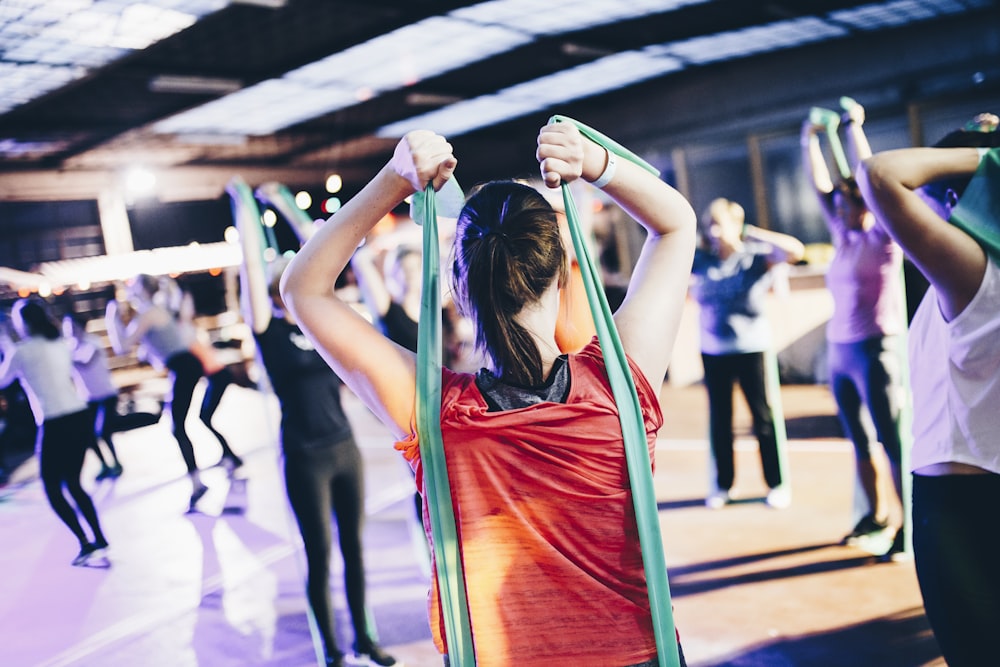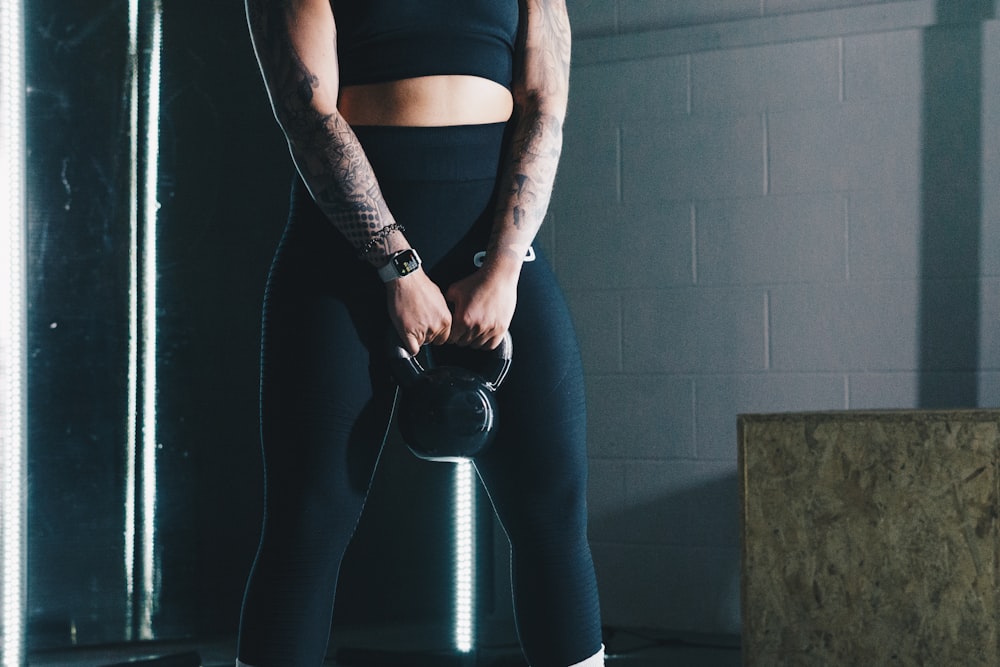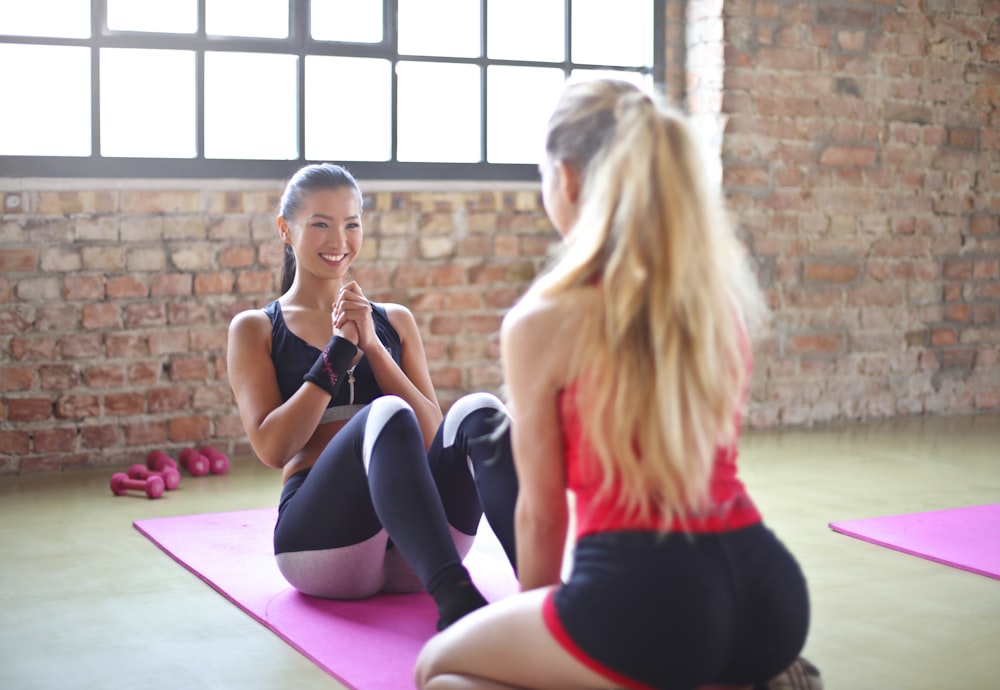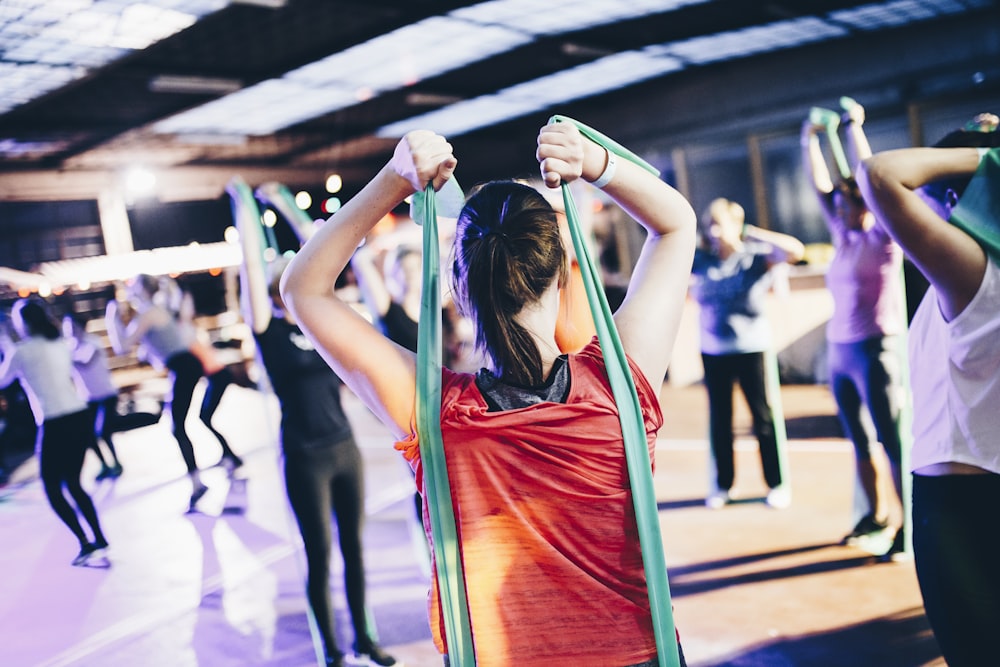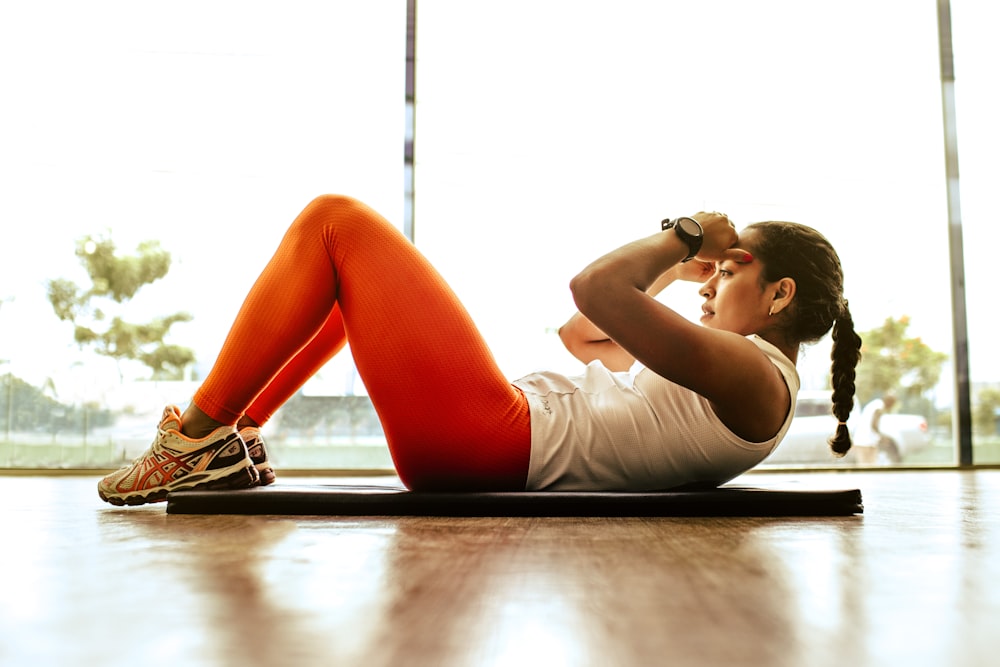Fitness Starts from the Ground Up Footwear Matters
Choose the Right Shoes for Fitness Success
Introduction: The Importance of Proper Footwear
When it comes to fitness, many people focus on the exercises, intensity, and duration of their workouts. However, one crucial aspect that is often overlooked is the importance of proper footwear. In this article, we’ll delve into why choosing the right shoes is essential for fitness success.
Prevent Injuries: The Role of Supportive Shoes
One of the primary reasons for wearing proper footwear during exercise is to prevent injuries. Supportive shoes provide stability and cushioning, reducing the impact on your joints and muscles. This is especially important during high-impact activities like running, jumping, and weightlifting.
Enhance Performance: Optimal Footwear for Peak Results
The right shoes can significantly enhance your performance during workouts. They provide the necessary support and traction for various movements, allowing you to move more efficiently and effectively. This can lead to better form, increased endurance, and improved overall performance.
Comfort and Confidence: Stay Comfortable and Safe
Comfort plays a vital role in staying consistent with your fitness routine. Ill-fitting or uncomfortable shoes can lead to discomfort, blisters, and even injuries. By choosing footwear that fits well and supports your feet, you’ll feel more confident and motivated to push yourself during workouts.
Protect Your Feet and Joints: Supportive Shoes Matter
Proper footwear not only protects your feet but also your joints. Shoes with adequate cushioning and support help absorb shock and reduce stress on your ankles, knees, and hips. This is especially crucial for individuals with pre-existing joint issues or those engaging in high-intensity exercises.
Improve Form and Technique: The Benefits of Quality Footwear
Wearing the right shoes can improve your form and technique during exercises. They provide stability and alignment, allowing you to maintain proper posture and movement patterns. This not only reduces the risk of injuries but also ensures that you’re getting the most out of each workout.
Boost Confidence: Step into Success with Proper Shoes
There’s a psychological aspect to wearing proper footwear as well. When you feel comfortable, supported, and confident in your shoes, you’re more likely to push yourself harder and strive for better results. This positive mindset can have a significant impact on your overall fitness journey.
Invest in Your Feet: Quality Footwear for Longevity
Your feet are the foundation of your body, and investing in quality footwear is an investment in your long-term health. By prioritizing proper shoes, you’re taking proactive steps to prevent injuries, improve performance, and enjoy a more enjoyable and sustainable fitness experience.
Versatility and Adaptability: Find Your Perfect Fit
Different activities may require different types of footwear. Running shoes, cross-training shoes, and weightlifting shoes each serve specific purposes and offer unique benefits. Understanding your needs and finding the perfect fit for each workout can further enhance your fitness journey.
Stay Informed: Tips for Choosing the Right Shoes
When shopping for fitness footwear, consider factors such as fit, cushioning, support, breathability, and durability. It’s also helpful to get professionally fitted and to replace your shoes



